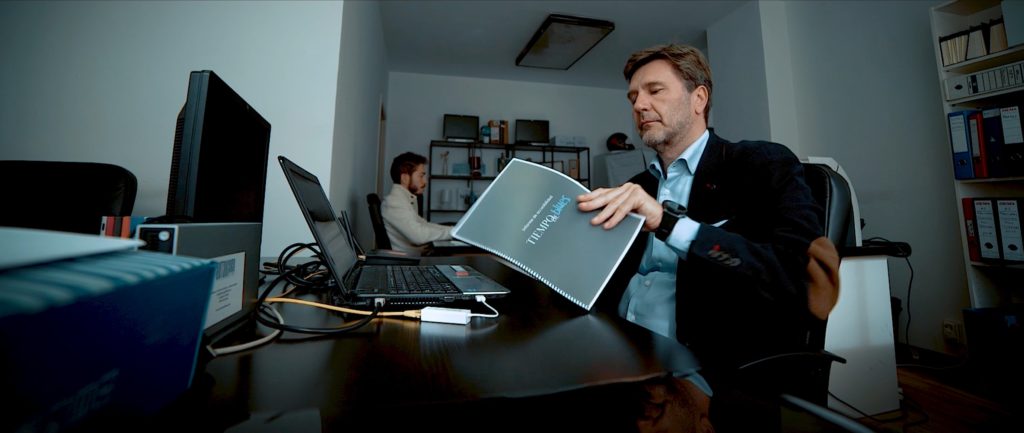9: THE ACCESSIBILITY REPORT
What exactly is this Accessibility Report?

An Accessibility Report is a memo that includes all the information that accessibility companies may need in order to create the project’s audio description and subtitles for the Deaf or Hard-of-Hearing (SDH).
It contains different texts written by the film’s creative team: Director, producer, cinematographer, art director, costume designer, sound designer and music composer. Each one of them briefly shares the information necessary to properly represent their artistic work in the audio description and in the SDH.
There is also a film’s technical aspects sheet and a glossary section. With these, we make sure that the accessibility professionals use the same lexicon as the film’s creators. This establishes a much better dialogue between creators and the companies, saving a lot of time and improving the quality of work.
An Accessibility Report will answer questions regarding accessibility such as:
- When does the audio description narrator need to give the names of the characters?
- What could be considered a spoiler?
- Should the narrator be a man or a woman? Of what age?
- What colours are needed to in the subtitles for each character?
For Blues Time, we gave a 12 to 14 page-long Accessibility Report –consisting of the vision of the team, the technical aspects sheet, the glossary and notes on accessibility– to the accessibility company in charge of the project, which in our case was Whatscine.
When they read our Accessibility Report, they loved it and thought it was a perfect tool for improving audio-visual accessibility. Other professional audio descriptors thought the same.
The thing was that, like in XMILE, I wanted to test myself, so I created my own versions of Blues Time’s AD and SDH. When I finished them, I asked Whatscine a favour: Would they follow the normal procedure and hire an external accessibility company to craft an AD, SDH and Sign Language version of Blues Time? Fortunately, they agreed.

Luckily, the professional’s and audience’s answer was a positive: Yes!
To sum up, together with our three inclusive versions, plus the regular one without accessibility, there are seven different ways in which Blues Time can be experienced!
But, how did we get there, to produce and shoot this new, ambitious film?
Let us time travel back to June 2017.








